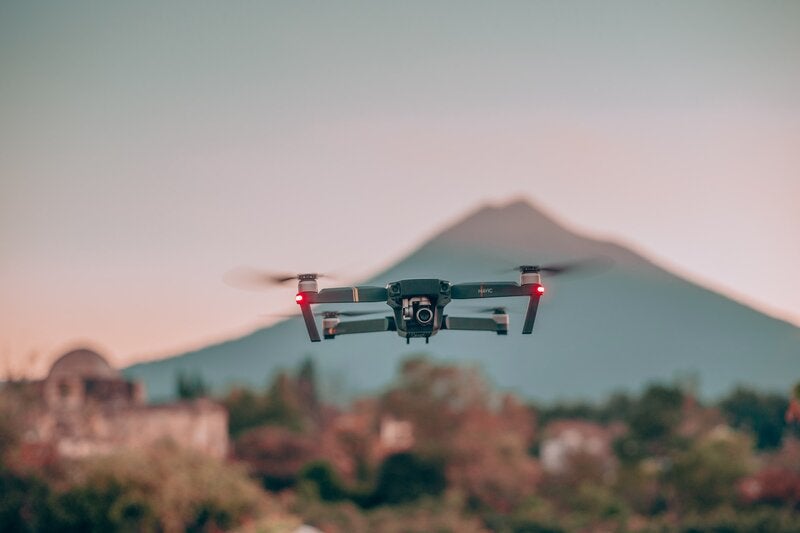
Northrop Grumman has signed an agreement to use Epirus’ electromagnetic pulse (EMP) weapon system called Leonidas.
As part of the agreement, Northrop Grumman will use Leonidas in its Counter-Unmanned Aerial System (C-UAS) systems-of-systems solution offering.

Discover B2B Marketing That Performs
Combine business intelligence and editorial excellence to reach engaged professionals across 36 leading media platforms.
Northrop Grumman’s Forward Area Air Defense Command and Control software (FAAD-C2) was selected by the army as the interim C2 system to counter small drones.
Northrop Grumman combat systems and mission readiness vice-president and general manager Kenn Todorov said: “UAS threats are proliferating across the modern battlespace.
“By integrating the Epirus EMP weapon system into our C-UAS portfolio, we continue maturing our robust, integrated, layered approach to addressing and defeating these evolving threats.”
The C-UAS solutions will include kinetic and non-kinetic effects, aerial and ground sensors and deployed FAAD C2 system.

US Tariffs are shifting - will you react or anticipate?
Don’t let policy changes catch you off guard. Stay proactive with real-time data and expert analysis.
By GlobalDataLeonidas uses solid-state commercial semiconductor technology for static and mobile C-UAS defence.
The C-UAS delivers capability with reduced size and weight, enabling increased ranges and faster engagements.
The system remains unaffected by depth and capacity.
When fired, a Leonidas creates an EMP that can be directed for precision targeting. Further, it can “sanitise a volume of terrain or sky, creating a force field effect”.
Epirus chief technology officer Bo Marr said: “We’re excited to work closely with the Northrop Grumman team to support their C-UAS systems-of-systems solution offering.
“Our unprecedented EMP capabilities will complement this offering as we continue to look to the future to understand how asymmetric threats will evolve.”





